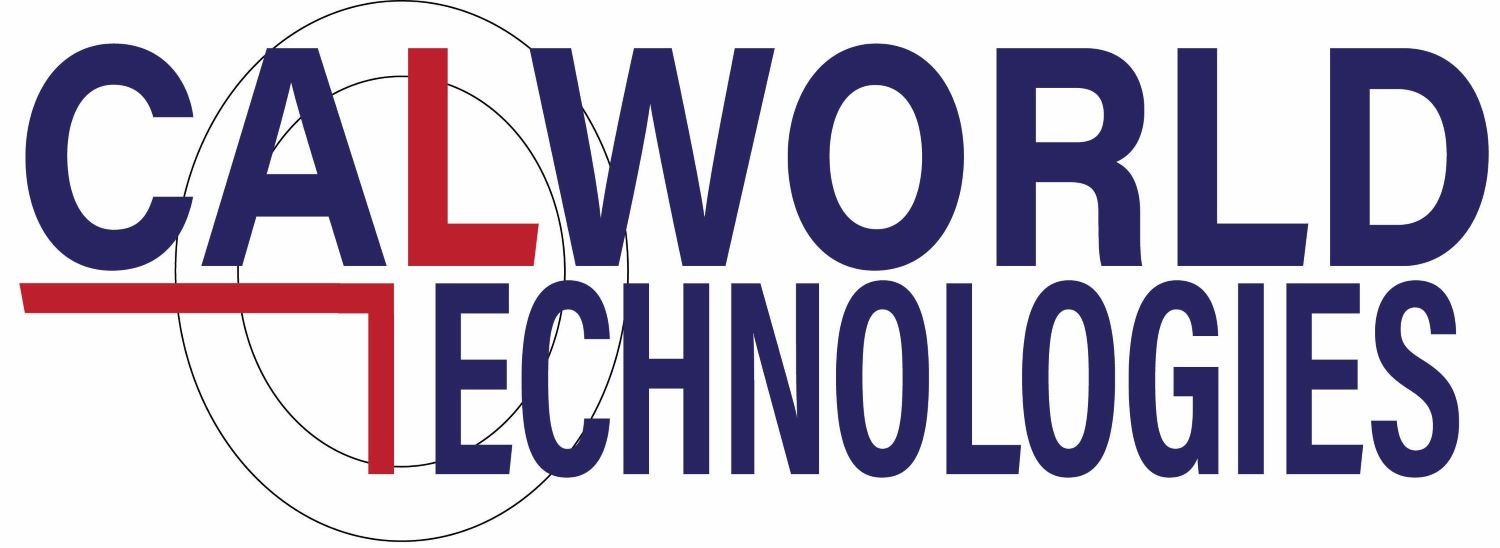How are scales calibrated?
How are scales calibrated?
Scales and balances are calibrated to determine their accuracy. Measurements are obtained from a scale or balance using standard test weights during a calibration test. These test weights are used to detect any variance in the tested scale or balance and are validated in accordance with national and international weighing standards. After that, any inaccuracies can be adjusted for.
To guarantee meaningful accuracy, it is crucial to utilize the appropriate class of test weights when calibrating a scale. This is especially helpful for applications where accuracy is essential, such as laboratory balances. A more thorough scale calibration process will include several tests to assess linearity, repeatability, consistency, and other factors.
How frequently should scales be calibrated?
The frequency of scale calibration is determined by a number of factors, including your policies and procedures. Your weighing scale will likely need to be calibrated sooner rather than later if it is used more frequently. Similarly, more regular calibrations may be required if your scale’s accuracy is essential to your production. This is the case in many industries, such as the pharmaceutical industry.
One useful method for figuring out a calibration frequency is drift analysis. Trends can be found by tracking the drift in measurements over time, and then the calibration frequency can be adjusted to reduce business risk.
What now?
Calworld Technologies offers reliable digital scale calibration services and analogue scale calibration services that guarantee dependable readings and measurements. We may also calibrate other instruments, such as cool rooms, freezers, and ovens, upon request. The calibration procedure for these other instruments mentioned is very similar to the one described for scales.
